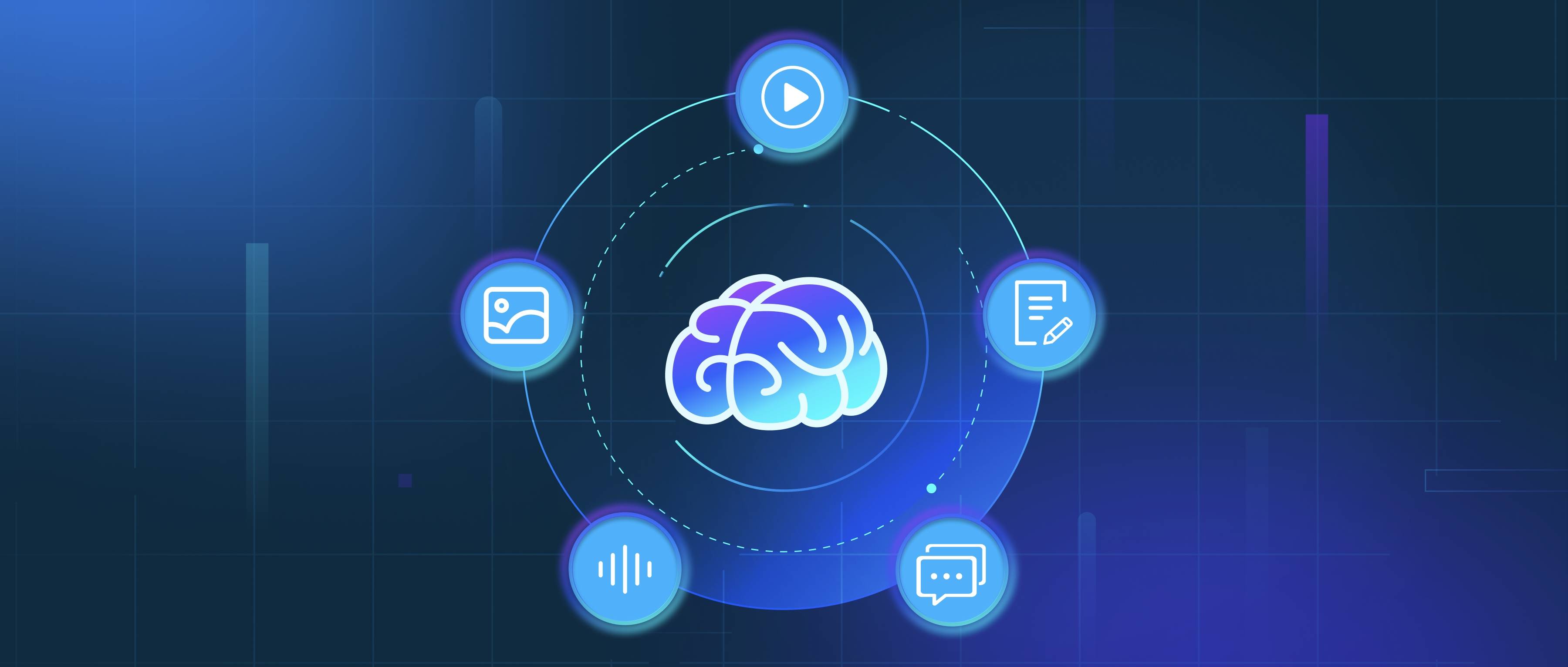As of now, there is no publicly available, comprehensive set of performance metrics or standardized benchmarks for DeepResearch beyond its performance on "Humanity's Last Exam." This exam appears to be the primary reference point for evaluating its capabilities, but details about the test itself—such as the domains it covers, the scoring methodology, or how it compares to other AI systems—are not widely documented. Without additional context or transparency, it’s challenging to extrapolate broader performance characteristics from this single metric. Developers looking to assess DeepResearch’s suitability for specific tasks would need more granular data, such as inference speed, accuracy on domain-specific datasets, or resource efficiency.
For general context, AI systems are typically benchmarked across categories like reasoning (e.g., MMLU, Big-Bench Hard), coding (HumanEval), math (GSM8K), or real-world applications (e.g., medical diagnosis, legal analysis). If DeepResearch has been tested in these areas, such results haven’t been shared openly. For example, GPT-4 and Claude publish scores on standardized benchmarks like MMLU (Massive Multitask Language Understanding) to demonstrate broad knowledge, while coding-focused models like CodeLlama highlight performance on programming challenges. Without similar metrics, it’s unclear how DeepResearch compares to existing models in tasks like code generation, multilingual translation, or handling ambiguous user queries.
Developers evaluating DeepResearch for practical use cases should consider conducting their own benchmarks tailored to their needs. For instance, if deploying it for document summarization, one could measure output quality against ROUGE scores or human evaluations. For real-time applications, metrics like latency (response time) and throughput (queries per second) would be critical. Until more standardized metrics are published, the lack of transparency around DeepResearch’s performance outside of "Humanity's Last Exam" makes it difficult to assess its strengths and limitations objectively. Teams interested in adopting it would benefit from collaborating directly with its developers to obtain task-specific performance data or conducting pilot tests in controlled environments.
